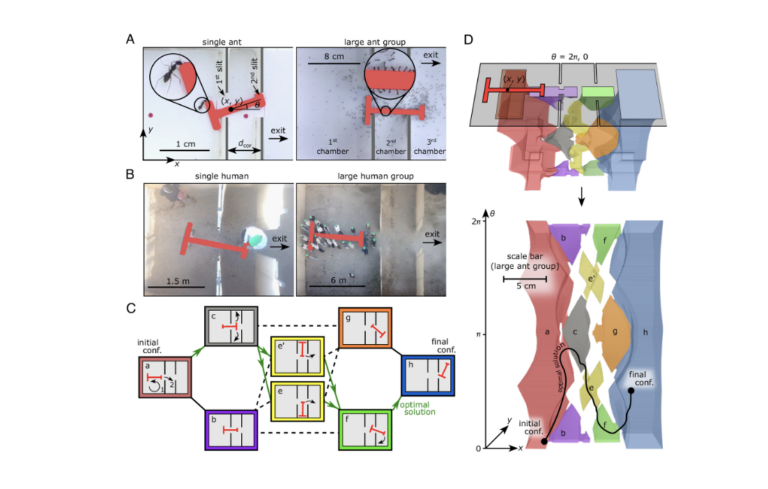Israel plans mission to the moon using smallest spacecraft to ever make the journey

Israeli startup SpaceIL, a finalist in the prestigious the Lunar X Prize competition, announced on Tuesday, alongside the Israel Aerospace Industries (IAI), that it is planning to launch Israel’s first spacecraft to the moon in December 2018 with an expected landing on February 13, 2019.
“We have a launch and landing dates! December 2018- Launch, February 13 2019- First Israeli spacecraft lands on the moon! SpaceIL’s moon mission is officially underway,” SpaceIL tweeted on Tuesday.
The spacecraft will be transferred to the US in November, before its actual launch in December.
SpaceIL will launch its spacecraft on Elon Musk’s SpaceX Falcon 9 via Spaceflight industries. It will separate from its two-stage launch rocket at a height of about 37.3 miles above the earth, where it will enter an elliptical orbit around the planet, then expand slowly until it is captured by lunar gravity.
At a press conference on Tuesday, SpaceIL’s CEO Ido Anteby was quoted as saying: “We will plant the Israeli flag on the moon.”
The spacecraft, dubbed the Sparrow, measures five feet (1.5 meters) tall with a diameter of approximately five feet and weighed some 330 pounds (150 kg) without fuel and over half a ton (600 kg) with fuel.
If the mission is completed, Israel will become the fourth country — after the US, Russia and China — to complete a controlled lunar landing.
The initiative, besides the attempt be part of a small number of countries that have traveled to the moon, is also meant to increase interest in space and science among Israeli, particularly in younger generations, and encourage them to study in STEM (science, technology, engineering, and mathematics) fields.
The project began as part of the Lunar X competition, which came with a prize of $20 million. The March 31, 2018 deadline for the moonshot came and went with the prize going unclaimed.
But the Israeli team had vowed to move forward nonetheless.
Israel had been competing against four other teams: Moon Express (USA), Synergy Moon (an international collaboration of 15 countries), TeamIndus (India) and HAKUTO (Japan) in the contest, which had involved placing a spacecraft on the moon’s surface, traveling 500 meters on the moon, and transmitting high-definition video and images back to Earth. The winner would have won $20 million and the second-place team would have nabbed $5 million.
Founded in 2010 by engineers Yariv Bash, Kfir Damari and Yonatan Weintraub, SpaceIL entered the race in 2012.
Source nocamels




